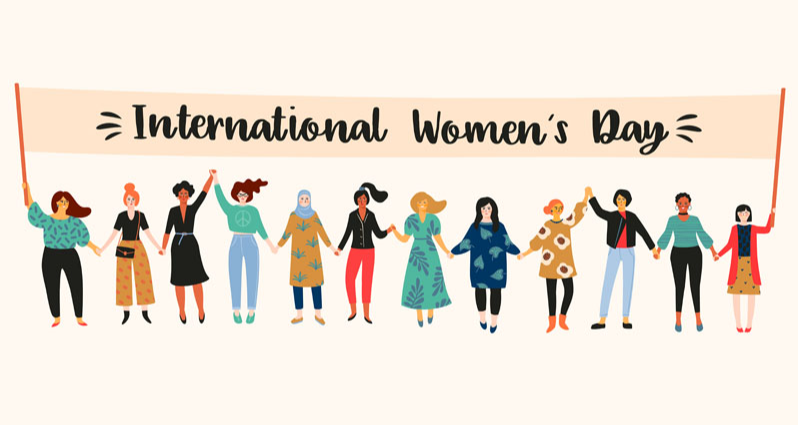Demonstrations, conferences and artistic events around the world have marked International Women’s Day, an annual observance established to recognize women and demand equality for half of the planet’s population.
While activists in some parts of the planet noted advances, repression in a number of countries and the large numbers of women and girls who experience sexual assaults and domestic violence worldwide – highlighted the continuing struggle to secure women’s rights.
United Nations Secretary-General Antonio Guterres noted this week that women’s rights were “abused, threatened and violated” around the world and gender equality would not be achieved for 300 years, given the current pace of change. Progress won over decades is vanishing because “the patriarchy is fighting back,” Guterres said.
Even in countries that have pioneered advances for women, there have been recent setbacks for the feminist cause: This is the first International Women’s Day since the U.S. Supreme Court ended the constitutional right to abortion last year and many states adopted restrictions on abortion.
The UN recognized International Women’s Day in 1977, but the occasion has its roots in labor movements of the early 20th century. The day is commemorated in different ways and to varying degrees in different countries.


